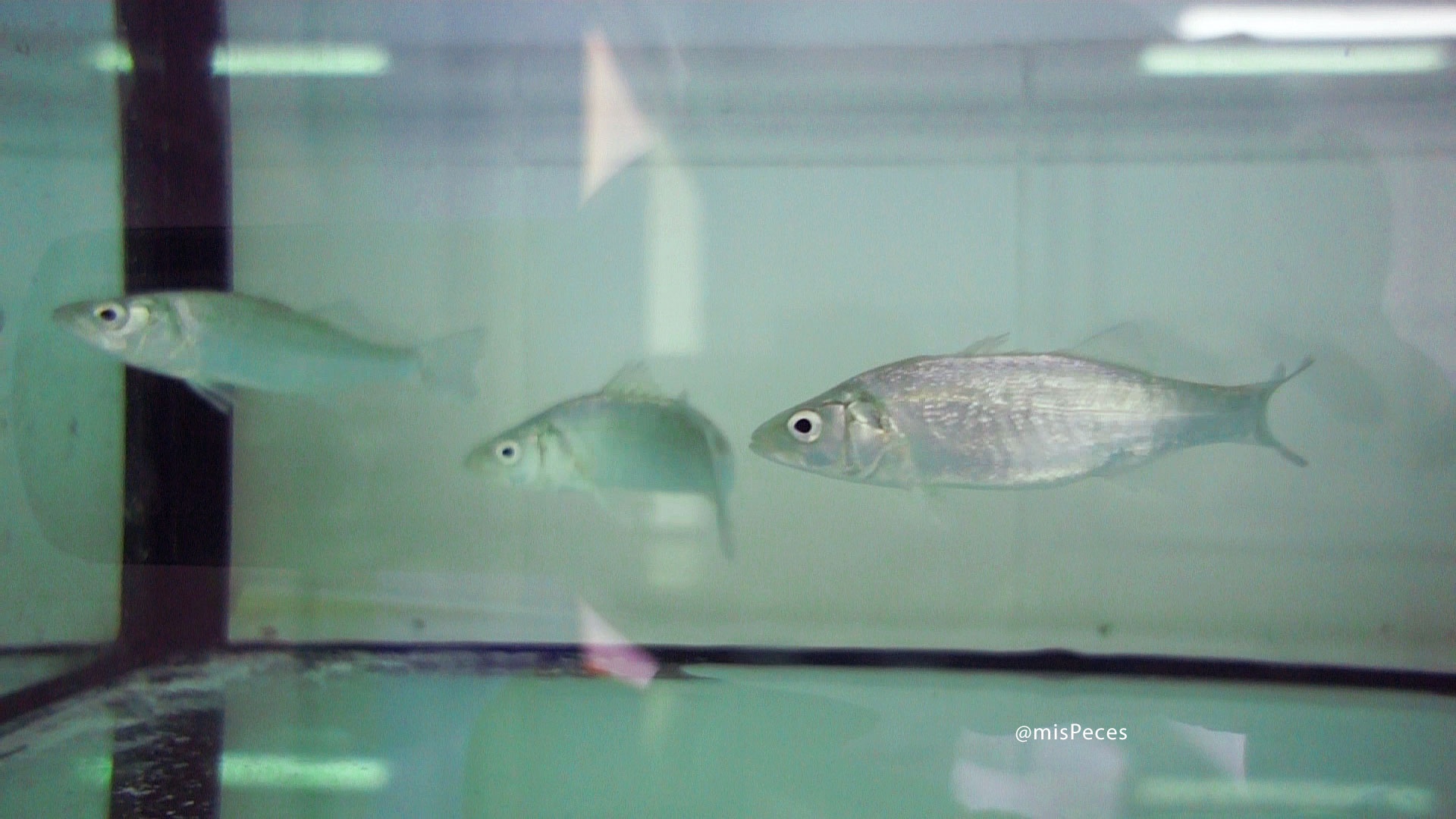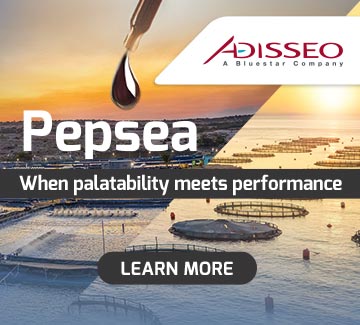
A blend of Black Soldier Fly (Hermetia illucens) larvae and Yellow Mealworms (Tenebrio molitor) offers a promising alternative to fishmeal in diets for European seabass, according to a recent study by researchers from the University of Porto (Portugal) and Wageningen University (the Netherlands).
By leveraging the complementary nutritional profiles of Hermetia illucens and Tenebrio molitor, this combination not only enhances functional and physiological outcomes but also improves flexibility in ingredient sourcing—key aspects for advancing sustainable aquaculture practices.
The study demonstrated that a 50:50 blend of the two insect meals can replace up to 50% of fishmeal protein in juvenile European seabass (Dicentrarchus labrax) diets without compromising growth or feed efficiency. Fish fed these insect-based diets achieved comparable growth performance (daily growth index: 2.0) and feed conversion ratios (1.0–1.1) to those on a standard diet containing 15% fishmeal. Nutrient retention rates were also stable, with nitrogen retention at 38–40% and energy retention at 44–47% across all treatments.
Researchers tested three levels of insect meal inclusion—3%, 25%, and 50%—in isoproteic and isolipidic formulations. The 75-day feeding trial was conducted under controlled conditions in a recirculating aquaculture system, with water maintained at 22 °C and a salinity of 35 ppt.
A key environmental finding was the reduction in faecal phosphorus losses: fish fed insect-based diets excreted 20–27% less phosphorus compared to the control group. Histological analysis further revealed that fish in the highest inclusion group exhibited longer intestinal villi, suggesting enhanced nutrient absorption.
In terms of nutritional quality, the fatty acid profile of the fish muscle remained consistent—particularly in levels of eicosapentaenoic acid (EPA) and docosahexaenoic acid (DHA), which ranged from 364 to 405 mg per 100 g of fillet. Fish receiving higher levels of insect meal also showed increased deposition of lauric acid, a fatty acid with known antimicrobial properties.
Notably, fish in the 50% inclusion group recorded the highest antioxidant capacity in muscle tissue, as measured by oxygen radical absorbance capacity (ORAC), indicating potential functional benefits beyond basic nutrition.
The insect meals were supplied by Portuguese companies Ingredient Odyssey S.A. – EntoGreen and Thunder Foods S.A., and were produced using agri-food by-products such as olive pomace and wheat bran, supporting a circular bioeconomy model.
According to the researchers, this study reinforces the potential of combining Black Soldier Fly and Yellow Mealworm meals as viable, sustainable protein sources for carnivorous species such as European seabass. As the authors stated “the insect meal mixture can be an adequate protein source for seabass juveniles, also offering functional benefits.”


